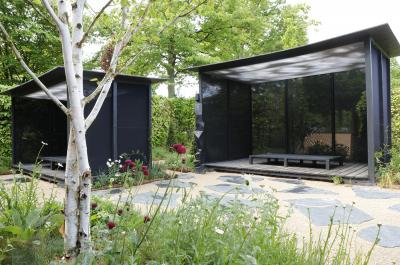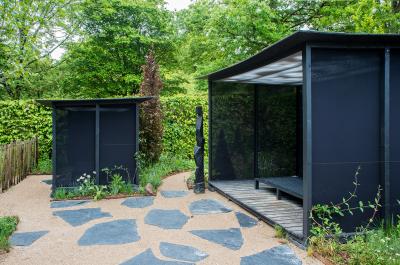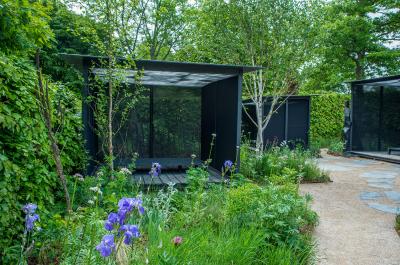04. La fleur du mal
Time and place are of no importance, as this village has always existed. Making good use of the power over earth and plants that the gods granted to the men and women who lived in such places, working and travelling together. Their journey is neither in time nor space. Their journey separates their bodies from their thoughts.
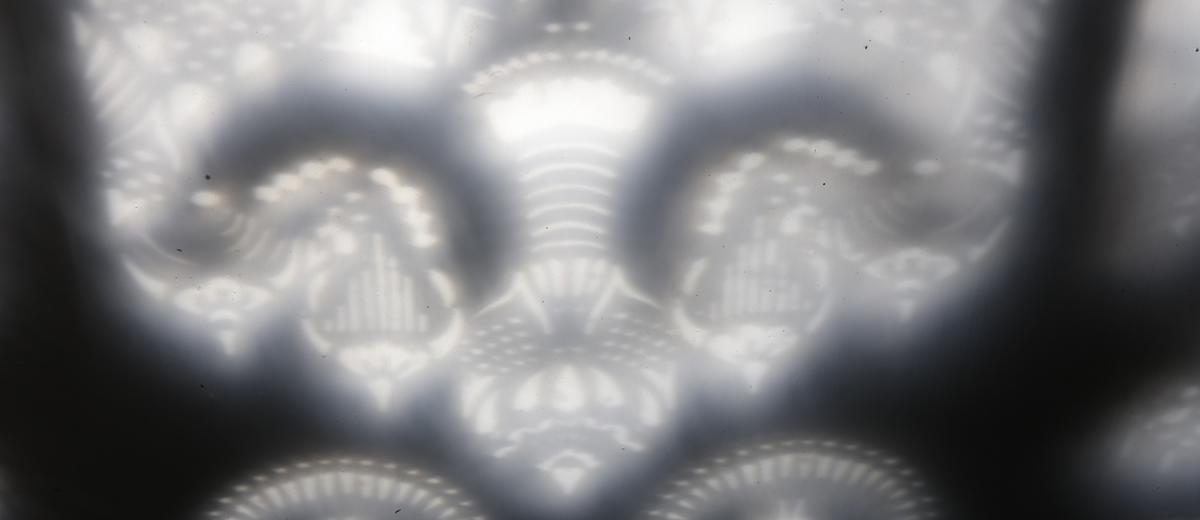
Stretched calmly out on wooden beds, looking up at the sky, it appears that the “Fleur du Mal” (the Flower of Evil), is the only good in life. The villagers have disappeared. Any last traces of their delirium may only be seen on the shattered ceilings of the shacks where they sought escape.
This cloistered, intimate inner landscape draws visitors into an area they are not a priori invited to enter. Opening its doors onto a forbidden spot, the garden is the open-air stage for a possible immersive experience in human reality, sublime and illusory, bleak yet filled with light. Shut off from the world, it takes the use of drugs as its theme, self-surrender and the disappearance of a community. Lack of reflection on the effects of such flowers unleashes the evil in humanity.
The village is laid out around a spreading birch tree with white bark and silver leaves, around the central garden into which the luxuriant vegetation of four peripheral gardens spills, and around a courtyard paved with chevron-patterned bricks. It is composed of four lodges open on one side and housing the opium beds. Printed on canvases stretched across their perforated roofs, the “Fleur du Mal” appears and disappears under visitors’ eyes in a rhythm imposed by the sun’s rays. The four different gardens display the power of plants in all their diversity: neurological and physiological stimulants, drugs soft and hard. The gardens are designed as variations on the five states experienced by addicts: relief, culture, hallucination, delirium and abandon.
Designers
Lynda HARRIS, landscaper, Nathan CROUZET, urban architect, and Arthur-Louis IGNORÉ (Ali), urban artist
FRANCE
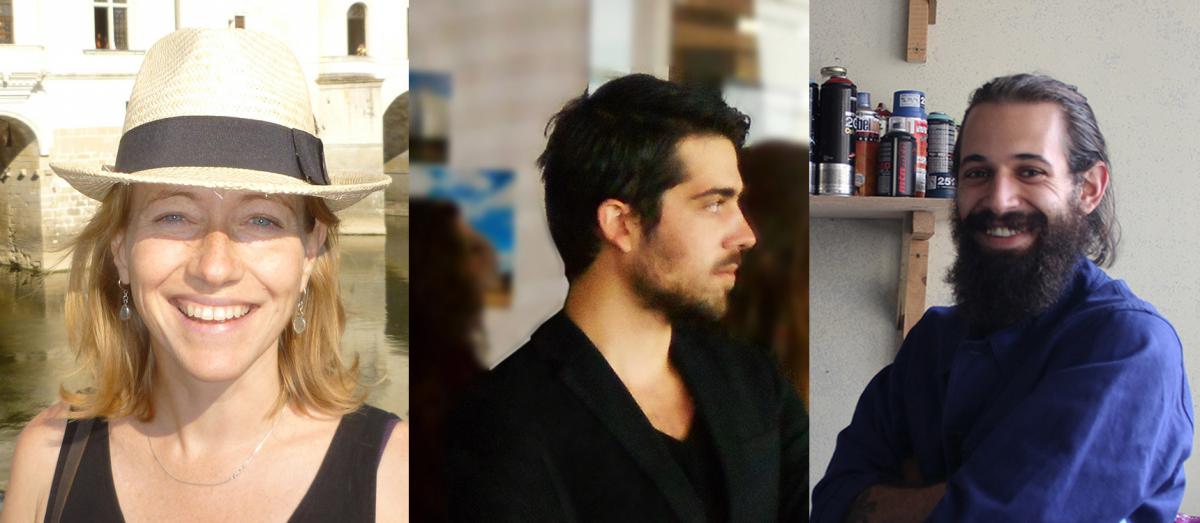
From left to right: Lynda Harris, Nathan Crouzet and Arthur-Louis Ignoré
Lynda Harris is a British landscape architect with 14 years’ experience behind her, 10 of them in France. She graduated from the University of Greenwich, UK (MA in Landscaping, 2002) and the University of Essex, UK (BA in Sociology, 1992). A lifelong Francophile, she came to live in France in 2005. She is based in Paris and set up her own agency, “Lynda Harris Paysagiste”, in 2015.
Her love of plants and the charm of wild places and gardens created in harmony with their surroundings are central to her design philosophy. In her eyes, gardens and green spaces can temper our hectic lives, bringing us tranquillity and serenity. She seeks to create settings that enable us all to reconnect with nature as the seasons pass. She also pays particular attention to the human factor: understanding the wants and expectations of those who use the spaces she creates, dialoguing with nurserypeople and working with craftspeople in a combined effort to design and implement the best possible projects.
Graduating from the Versailles National Higher School of Architecture in 2014 as a qualified State Architect, Nathan Crouzet went on to obtain the National Diploma in Urban Planning provided by the Faculty of Law and Political Sciences in Nantes, adding to his knowledge of the urban condition and the social, cultural and political construction of cities and territories. He has worked at a number of internationally recognised firms, including the Odile Decq, Dominique Perrault and Reichen-Robert & Associés architectural agencies. The wide-ranging experience he has gained on the various outstanding projects he has collaborated on has now led him to branch out on his own, to create new projects in keeping with his personal commitments, sensibilities, vision of the contemporary world and desire to construct for others. In 2016, he completed the development of the two side-chapels of Sainte Jeanne de Chantal Church’s chancel (Paris 16), dedicated to the new Saint Jeanne de Chantal reliquary and new baptismal fonts. Henceforth, two permanent monumental video projections serve at these two special rituals, a historic first chapter in digital Christian sacred art.
Arthur-Louis Ignoré (Ali) is a young urban artist. It was his discovery of the city of Rennes, where he has lived for the past 5 years, that made him decide to paint in the street, and more specifically on the ground itself. Designs are not worked out in advance, whether he is up on the roof of the Rennes Family Allowances Office or on the Manhattan Bridge in New York, he works intuitively, deploying and adapting himself to the urban context. The contrasts in his black-and-white paintings are nuanced by the evolution of more or less densely worked motifs, arranged in symmetrical fashion to create a sense of depth and allowing for several levels of interpretation. His motifs are inspired by the plant world, creating islets of ornamentation at odds with the modern city.
